 The amount of people who are experiencing allergic reactions is said to be on the increase – and from what I’ve encountered, I’d have to agree.
The amount of people who are experiencing allergic reactions is said to be on the increase – and from what I’ve encountered, I’d have to agree.
Many of us have encountered at least one family member, friend (or ourselves) having to confront at least some form of allergy (especially over the past few decades).
This surge in allergies has mostly been attributed to our increasingly high stress and nutritionally “challenged” culture.
But there is also our increasing exposure to synthetic chemicals – particularly those found in insecticides and industrial output, also found in a plethora of common place household items and processed foods.
While these are the most common culprits, people can develop allergies to basically anything in our environment.
And while it’s true that people are developing new allergies at an increasing rate, it’s also true that many people have already had allergies and are just now realizing that their long held health problems could also be rooted in chronic allergic reactions.
What is an allergen?
Let’s cover some basics before we go in depth about treatment for specific allergies.
First of all, what constitues an allergen.
Any substance that causes an allergic reaction is called an allergen. There isn’t a substance on earth that won’t cause someone to have an allergic reaction, but some allergies are more likely to cause a reaction than others.
Sometimes we are born with a genetic predisposition for allergy to a certain compound. Other times we won’t have an allergy to a certain substance, but over time we can develop sensitivities to it and it could cause us to have severe reactions.
Many factors play into this, but most importantly stress on the body.
When an allergy is present, the best course of action is to remove the offending allergen. But finding the cause of our trouble may take some time.
Why diagnosing and treating allergies can prove challenging

Allergies can be a very complicated subject. This is compounded by the fact that we are still learning the mechanisms of what causes allergies in the first place.
Most people who discover that they’re prone to allergies find that they are not as prepared to deal with the problem as they might have thought. At first they might think “oh, I can just go to the doctor, pick up an anti-histamine medication and I’ll be all better”. But the reality is often much more complex and can require a person to take a much deeper look at their health and habits than they are accustomed to.
Many conditions such as hay fever, fatigue, hyperactivity, depression, runny nose, asthma, itching, hives, headache, migraine and even auto-immune disorders are thought to be allergen related. And while treating a reaction like hay fever or headaches can be relatively straightforward, addressing allergy induced fatigue and hyperactivity is often be much more difficult process which can involve a lot of personal digging.
What you’ll get out of this post
This article will cover a lot of information about essential oils and allergies. It will be long because there are many different kinds of allergies and allergens that people must deal with!
On one hand we have skin allergies (which there are plenty of) and on the other hand we have seasonal allergies, various syndromes and even auto immune conditions.
So there’s a lot of allergies to cover, and a lot of ways to use different essential oils to address them. Because of this I recommend skimming this article and finding what information is right for you. Or read it all, it should be interesting. 🙂
9 Essential Oils for Allergies / Allergic Reactions
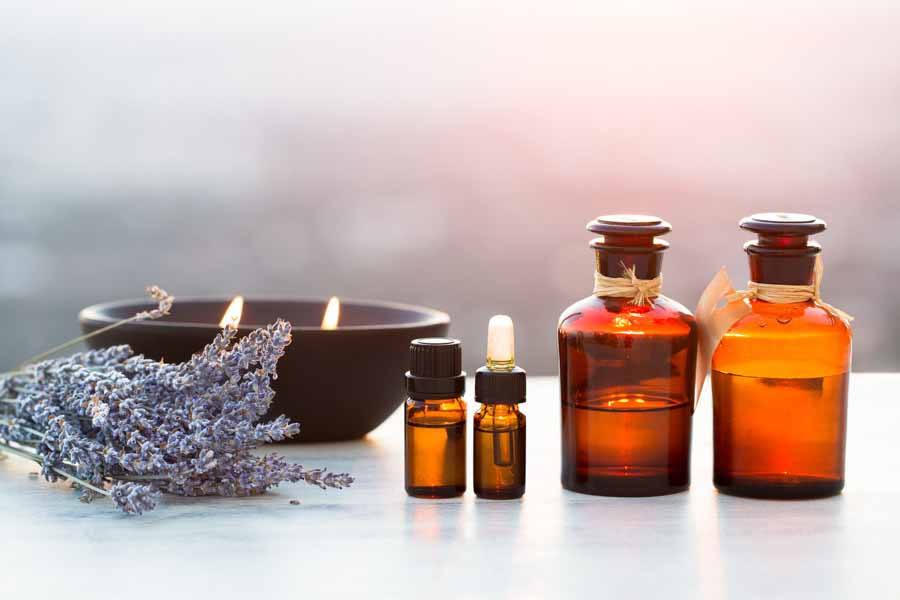
Okay, on to the oils!
Before we talk more about how to treat specific allergies with essential oils, let’s go over each recommended essential oil.
Later in the post you will find many recipes that use the individual essential oils listed below.
1.) Chamomile
Chamomile is one of the most highly regarded essential oils for treating allergies. Chamomile is an excellent calming and relaxing oil which reduces irritability and lessens anxiety. It’s also very soothing; reducing inflammation and relieving pain.
It is particularly effective for allergies when applied to allergic skin conditions, particularly those that involve dry skin; like eczema, dermatitis and psoriasis.
Due to it’s powerful soothing qualities it can also be used for allergies that involve inflamed and irritated nasal passageways.
2.) Melissa / Lemonbalm
Melissa, also known as lemon balm, provides calming and uplifting qualities for the body. Melissa is well known as a tonic for allergies, and can be used effectively for allergies of the skin or respiratory system. Lemon balm is particularly helpful at reducing inflammation of the skin, for this reason it is often added to blends for skin allergies, bug bites and cold sores.
3.) Lavender
Lavender oil is an all around healer. And It’s therapeutic actions are particularly effective for allergies of all kinds.
Lavender oil is so well suited for allergies because it is such an effective calming agent. It calms the skin of inflammatory, allergenic reactions and it calms the mind, heart and nervous system to help soothe the body and improve it’s ability to react to stress and environmental stressors.
4.) Bergamot
Bergamot is particularly effective for treating allergenic skin disorders like eczema and psoriasis. Bergamot is so effective for these conditions because it has powerful antiseptic and relaxing, sedative qualities. These attributes make it a perfect tonic for reactive skin.
5.) Peppermint
Peppermint is a prolific oil, and for good reason. It is a highly regarded oil for uplifting the mind, increasing concentration and focus and relieving fatigue.
If you are feeling bogged down and low on energy peppermint is a great alternative to coffee or other stimulants. Just add some peppermint oil to your shower to awaken your senses. Not only will peppermint essential oil help you avoid treat allergenic symptoms like headaches and congestive blockage, it will also help you prevent them in the first place.
6.) Helichrysum
Helichrysum is perfectly fitted for use with inflammatory skin disorders related to allergies. It reduces inflammation, promotes healing and fights bacterial and microbial infections.
In the case of respiratory allergies helichrysum helps to clear excess mucus from the respiratory tract which prevents coughing and congestion. It’s also overall cleansing, helping clear the liver of toxins and promoting detox with it’s diuretic properties which speed up elimination.
7.) Lemon
Lemon is one of the better and more highly regarded essential oils for allergies. It is a wonderful tonic for the skin and helps rejuvenate inflamed, reactive skin. Lemon also soothes indigestion and improves the absorption of nutrients while also relieving the elimination system of the body by reducing flatulence and constipation. This benefit is particularly helpful for allergies that are related to foods, assimilation and elimination.
8.) Eucalyptus
Eucalyptus is primarily used as a respiratory tonic to heal a variety of complaints such as throat infections, sore throat, sinusitis, asthma, cough and cold & flu symptoms. The allergies that this oil best remedies are also respiratory related such as asthma, hay fever, sneezing and coughing. It’s anti-inflammatory qualities also make it a good skin tonic oil, relieving the discomfort of arthritis, bites & stings, shingles and oily, congested skin.
9.) Basil
Basil is an uplifting oil that eases the mind, clears fatigue and promotes alertness. It is particularly beneficial for relieving headaches, migraines, sinusitis and bronchitis – which all can be conditions related to or the result of chronic depletion due to allergic reactions
How to make an Essential Oil Blend for Allergies
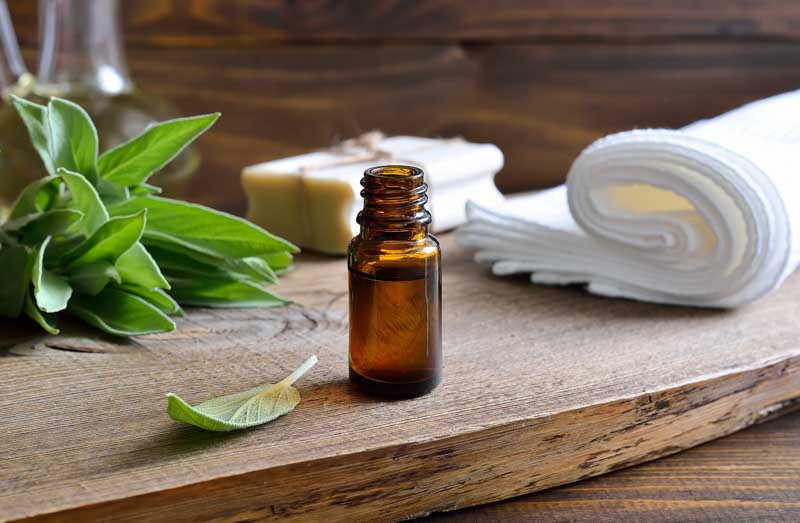
General Use Allergy Blend
Ingredients:
- 60 drops bergamot essential oil
- 40 drops lavender essential oil
- 40 drops juniper essential oil
- 20 drops peppermint essential oil
Directions:
- In a 10 ml glass dropper bottle, combine bergamot, lavender, juniper and peppermint essential oils.
- Shake to blend.
How to use your Allergy Blend
As an air spray
Directions:
- In a 4 oz glass spray bottle combine 75 drops of your Allergy blend with 1 tsp vodka.
- Add 1/2 cup of distilled or filtered water.
- Shake well.
Spray as desired.
In the Bath
Directions:
- Fill your bath tub with hot water
- While your tub is filling, combine 1 tsp milk and 4 to 6 drops Allergy blend in a non-reactive bowl.
- Add mixture to water and agitate to disperse.
- While you take your bath if you see any droplets floating at the top of your bath water, try to massage them into your skin.
- Soak for 30 minutes
In a Hand/Foot/Sitz Bath
Directions:
- Combine 1 tsp milk and 4 drops Allergy blend.
- Add to a small tub/basin of hot/warm water.
- Agitate to disperse the oils
- Soak the needed area for 10 minutes or more
- Massage in any floating droplets of oil that come up to the surface of the water.
As a Massage Oil
In a small, non-reactive bowl combine:
- 4 tsp grapeseed or sweet almond oil
- 8 drops Allergy Blend
Mix well and massage over your body.
Essential Oil Treatments For Skin Allergies
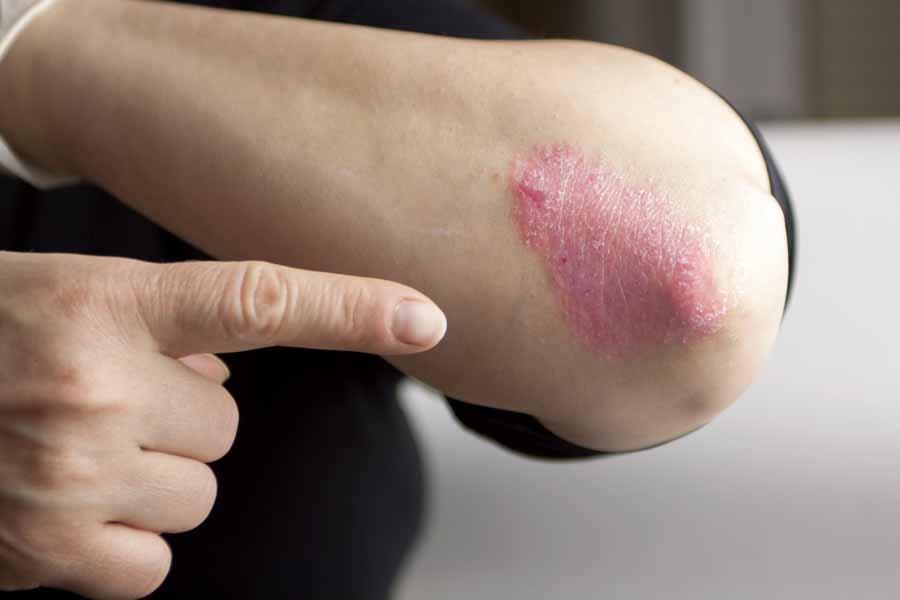
Oils: chamomile, tea tree, lemon balm, lavender
As the body’s first life of defense from external invasion, the skin is prone to attack from pathological organisms such as bacteria or viruses, as well as from other external dangers through injury or any other potential allergens.
Related: 5 essential oils for psoriasis
Many common skin complaints are due to an allergic reaction, or hypersensitivity to certain conditions or substances. When this happens histamines released by the body. Histamines are a protein that the body releases that causes the capillaries to dilate in the affected area. The inflammatory histamine response allows the body to bring extra blood to the damaged cells to improve the rate of their repair. This is a necessary response, but when an overabundance of histamine is released (due to severe allergic reaction) we can then experience dilated blood vessels, redness, selling and irritation.
Eczema & Atopic/contact dermatitis Skin Allergy Blend
Ingredients:
- 10 drops german chamomile
- 5 drops yarrow
- 5 drops tagetes
- 30 drops jojoba oil
- 10 drops primrose oil
- 2 tablespoons avocado oil
Combine ingredients in a non-reactive bowl and add to a dark 4 oz glass bottle. For info on how to use and apply your essential oils for eczema, consult this page.
Hives Allergy Blend
Ingredients:
- 1 drop lavender
- 1 drop chamomile
- 1 drop vetiver
- 2 tsp grapeseed oil or St. John’s wort infused oil
Directions:
- Mix ingredients and use a cotton ball to apply to affected area
In the bath
- Fill tub with warm water
- While tub fills combine 1 tsp milk and 2 drops vetiver, lavender and chamomile essential oils in a non-reactive bowl
- Add mixture to tub and disperse oils
- Soak for 30 minutes, massaging any floating droplets into your skin
Related: 17 essential oils for eczema
In a hot compress
(if small rash)
In a non-reactive bowl combine:
- 1 cup hot water
- 4 drops roman chamomile
Stir well, submerge cloth to absorb, apply to affected area every few hours.
(if large rash)
- Fill your tub with lukewarm water
- While filling add 1/2 cup baking soda and 6 drops roman chamomile
- Agitate and dissolve baking soda/oil mixture
- Soak for 30 minutes, massaging any floating droplets into rash
Treatments for Seasonal Allergies / Hay Fever
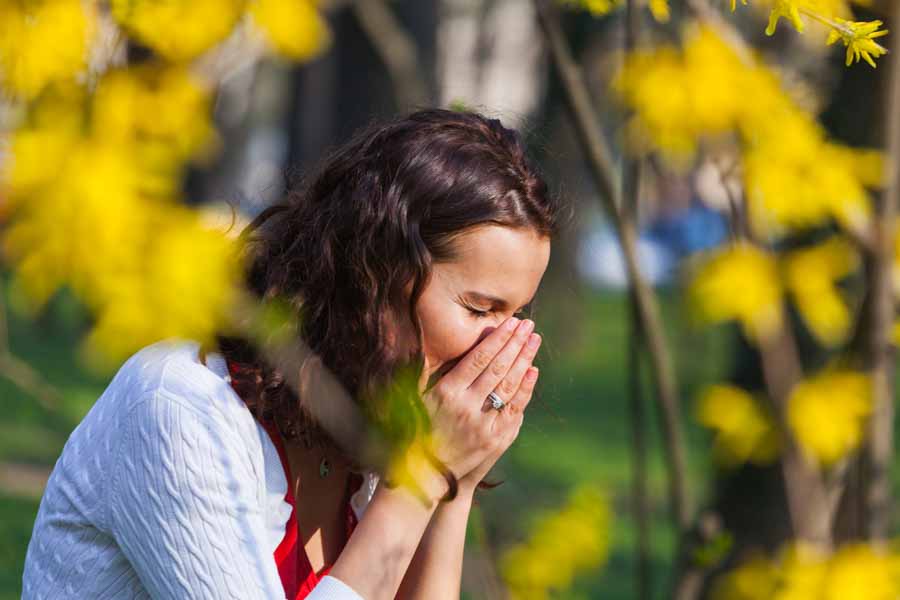
Oils: roman chamomile, eucalyptus, geranium, helichrysum, hyssop, lavender, lemon, myrtle, tea tree
Hay Fever EO Allergy Blend
Ingredients:
- 10 drops roman chamomile
- 4 drops lavender
- 2 drops myrtle
Directions:
- In a 5 mL glass dropper bottle add your essential oils
- Shake to blend
Hay Fever Blend Applications:
Self massage
- In a small, non-reactive bowl combine 4 tsp grapeseed or sweet almond oil and 8 drops of your hay fever blend
- Mix well and massage over your chest and upper back
Steam inhalation
- Pour 2 cups boiling water in a non-reactive bowl
- Add 3 drops of any essential oil recommended for hay fever
- Sit in a chair with the bowl on a table in front of you
- Put a towel over your head and place your face about 8-12 inches above the bowl, covering both your head and the bowl with the towel
- Try to keep the vapors from escaping by tucking the towel under your forearms. You’ll want to make a little enclosed “fort”
- Breathe in the steam vapors for a minute or so, then pop your head out of the steam bath
- Repeat 4-5 times
Hay Fever Inhaler Blend
Ingredients:
- 7 drops roman chamomile or helichrysum
- 7 drops eucalyptus
- 7 drops lemon
Alternate blend:
Directions:
- In a small, non-reactive bowl combine your essential oils
- Remove the wick from an essential oil inhaler and place the wick inside the bowl, allowing it to absorb the entire amount of essential oils.
- Now place the wick back inside the inhaler tube, closing the cap tightly
- Now use the inhaler freely until the essential oils have gone
Essential Oil Treatments for Allergic Sinus/ Nasal Inflammation
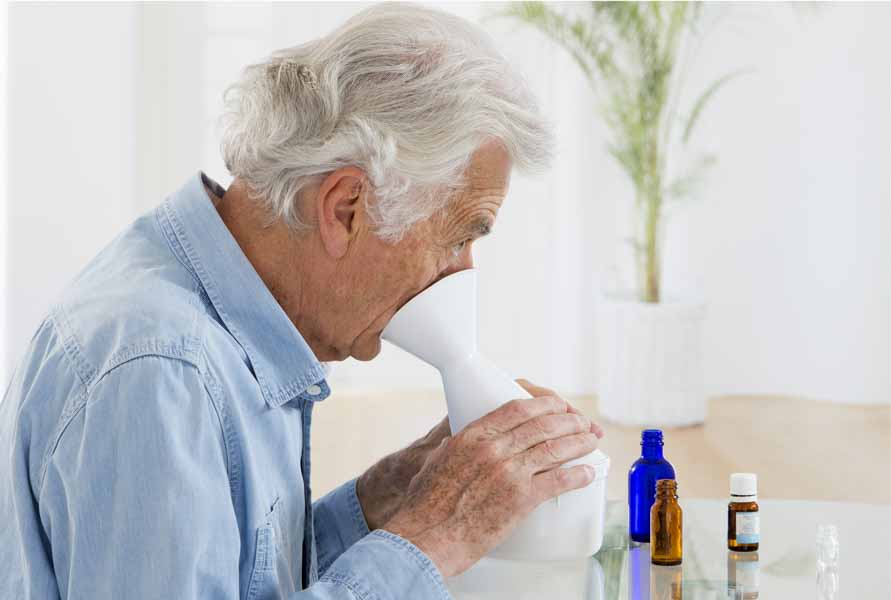
Steam Inhalation Nasal Decongestant formulas
Recipe #1
Ingredients:
- 3 drops pine or rosemary
- 3 drops peppermint
- 2 drops eucalyptus
- Bowl of hot, steaming water
Recipe #2
Ingredients:
- 3 drops rosemary
- 1 drop thyme
- 1 drop peppermint
Directions:
- 5 to 10 minutes before your treatment clear the nasal passages by blowing nose and apply 1-2 sprays of an xylitol based sinus spray.
- Next add your essential oils, drop by drop, to a small, non-reactive bowl filled with boiling water.
- Grab a towel and cover your head with it and lean over the bowl, with just you and the steaming bowl blanketed underneath the towel
- Keeping your eyes closed, inhale the steam vapors deeply for 5 to 10 minutes.
- Repeat sever times a day.
This recipe was taken from a sinus infection post from awhile back. You can check that post out if you are prone to allergenic sinus issues. It’s got some good recipes and advice!
Conclusion
Hopefully you’ve found the information in this post helpful.
If you have any comments, questions, requests or recommendations of your own PLEASE let us know in the comment section.
This post is by no means, conclusive – there are more allergic conditions and more essential oil based recommendations to be covered. I will be constantly updating this page, but I need your help!

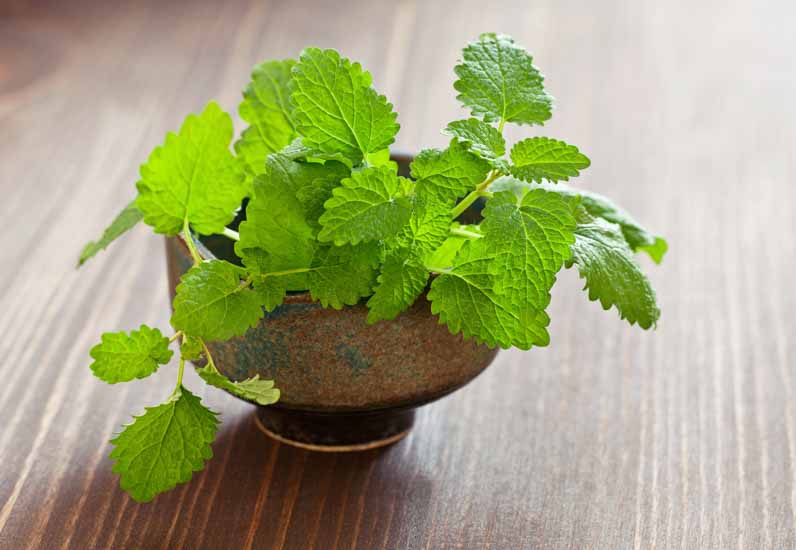

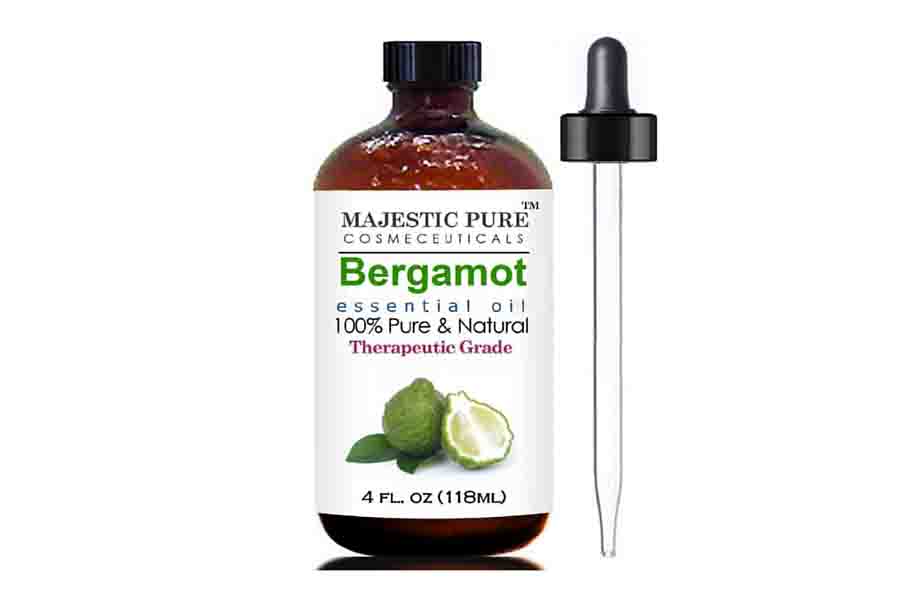

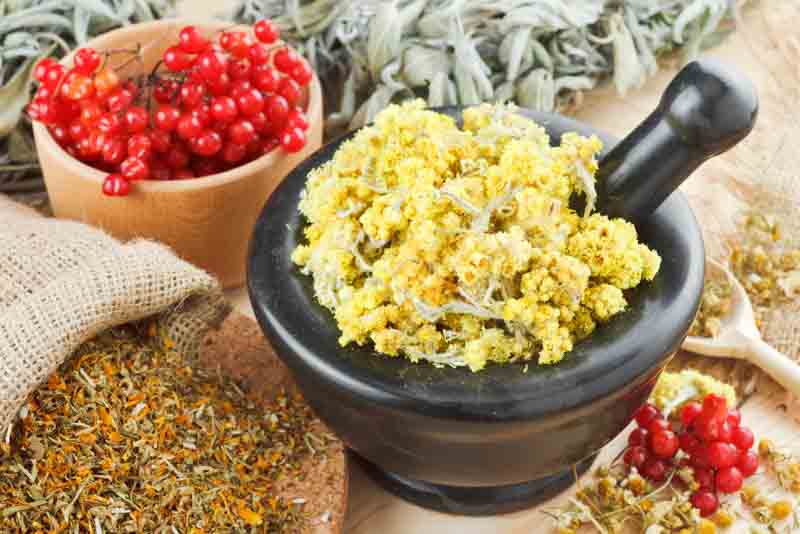








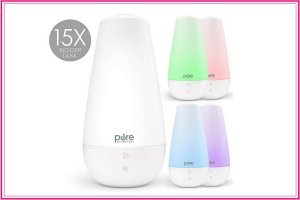





4 thoughts on “9 Essential Oils for Allergies (Plus 5 Mixtures & Application Tips)”
My sons girlfriend can’t use lavender can you recommend a substitute. I’m new to the oils and still learning
In the first mixture, do you use a carrier oil to dilute? Suggested application method?
Thanks for sharing the best tips and remedies they very clear. You made a good site and I read your articles and tips they very help us I like them a lot I am impressed by your remedies and suggestions they amazing I got such better tips thank you all
Your amazing insightful information entails much to me because I’m obsessed with essential oils and I haven’t the allergy. My favorite is lavender oil, but I definitely want to try bergamot, Melissa, and peppermint. Thanks for sharing Loren!